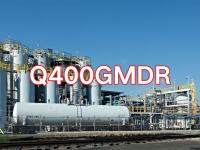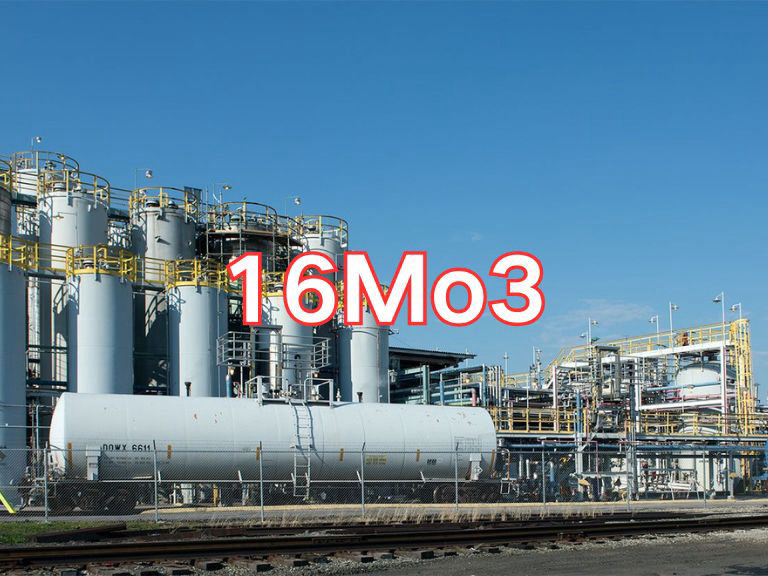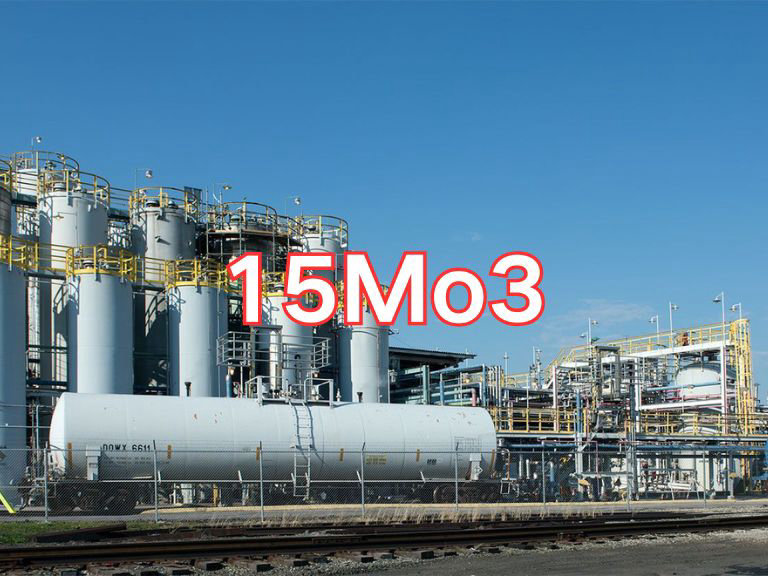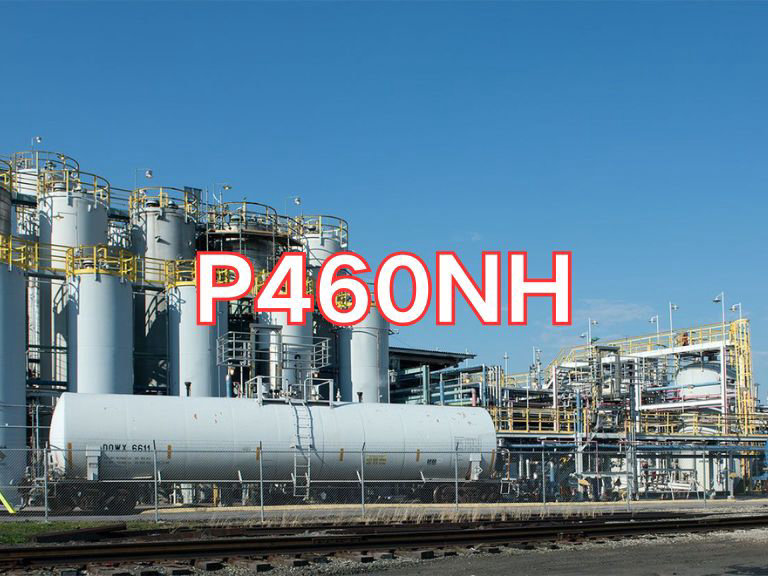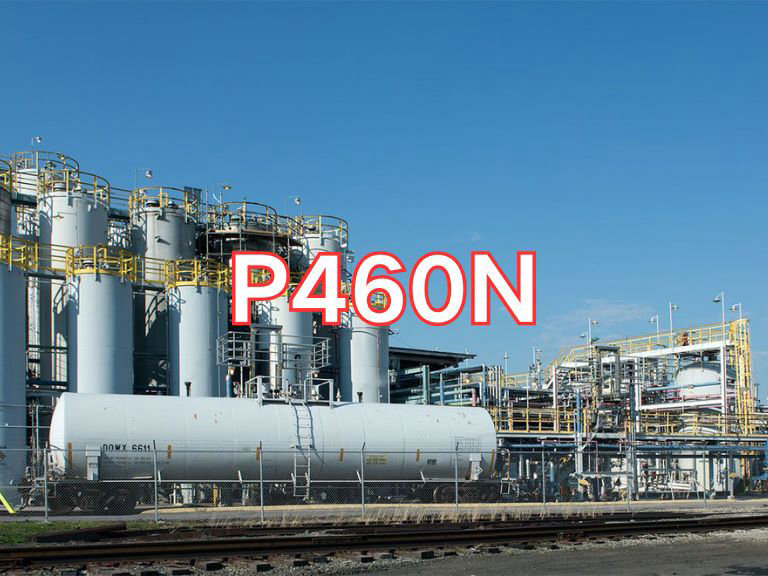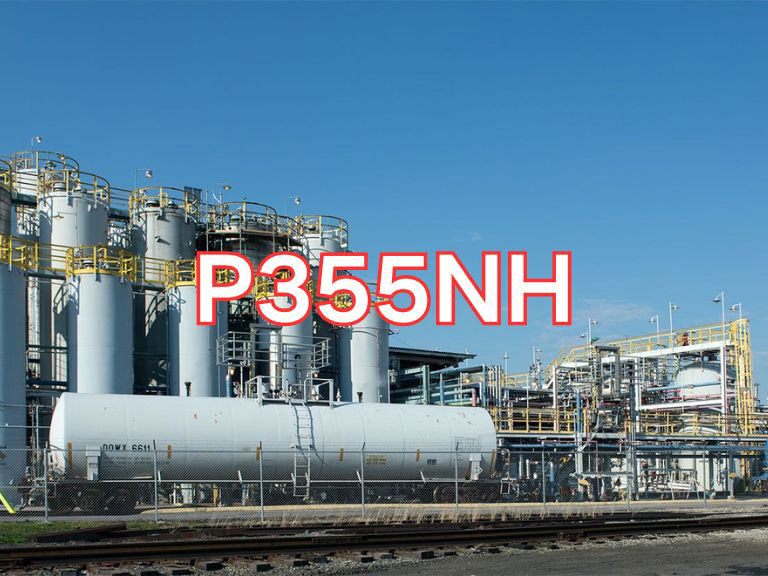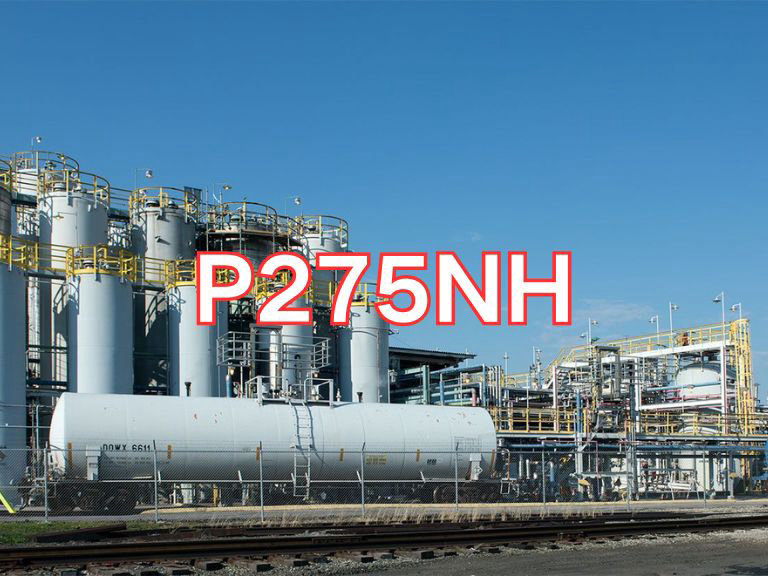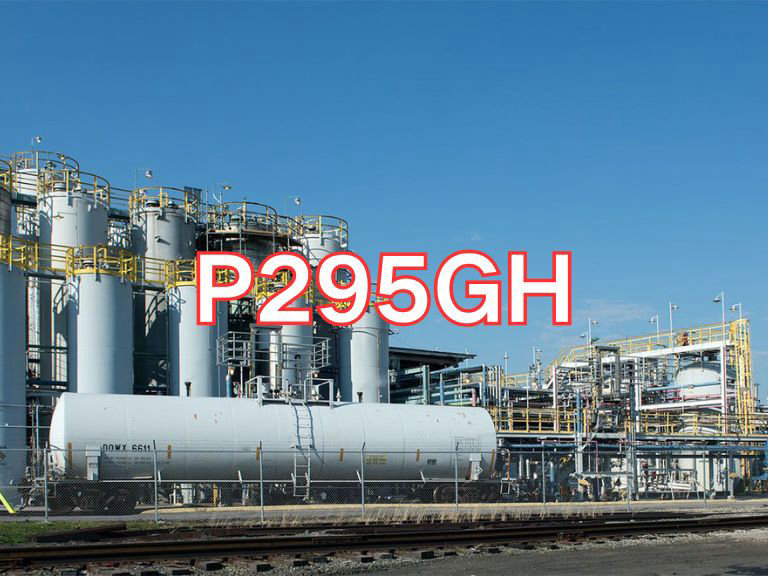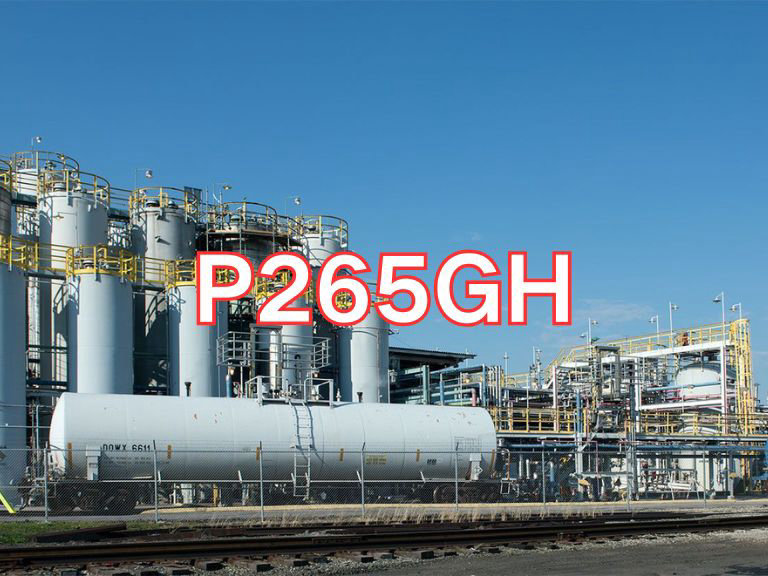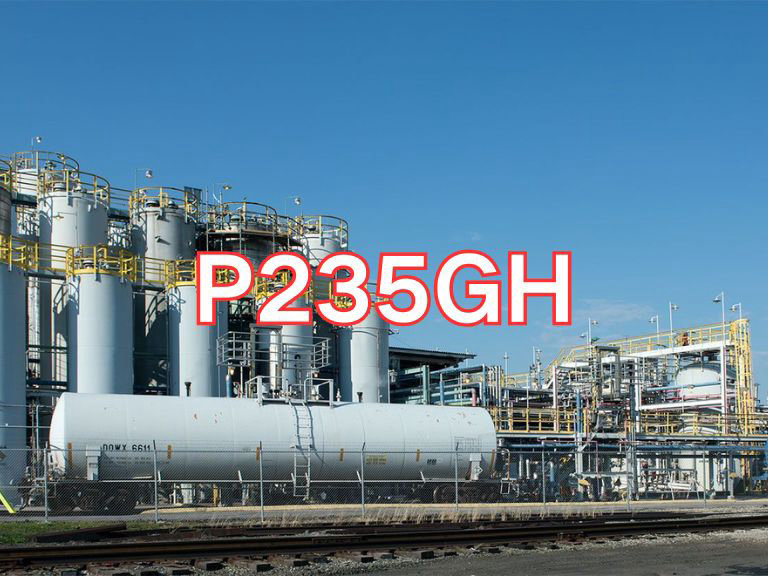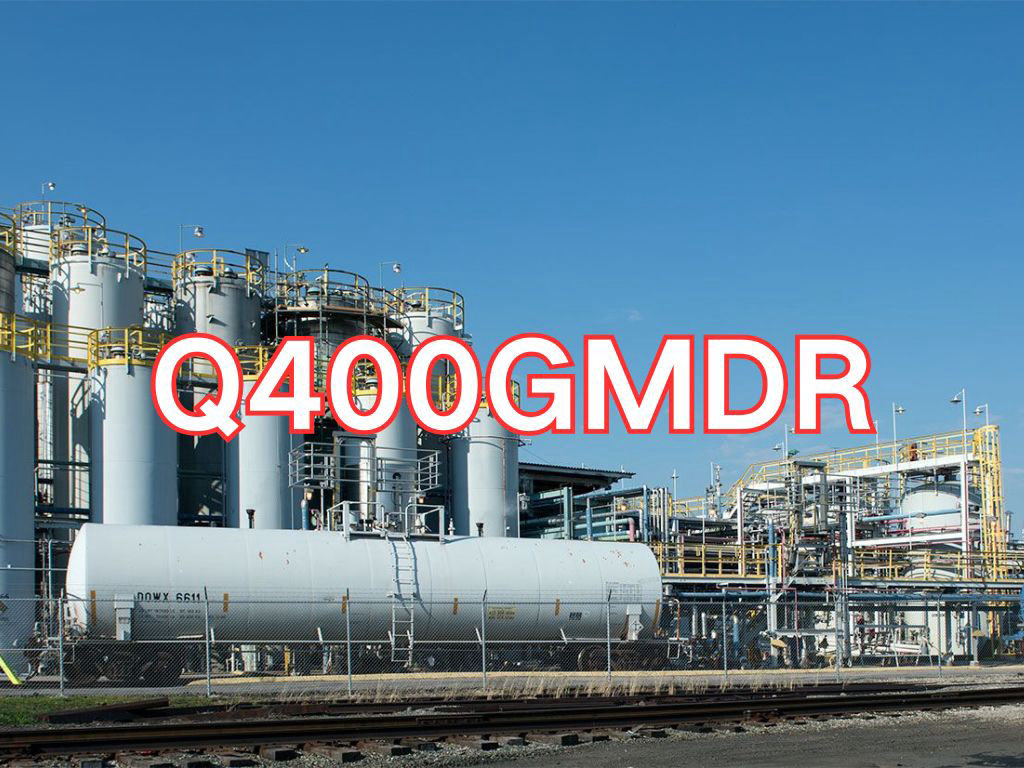

Q400GMDR
Q400GMDR is a high-manganese steel designed specifically for pressure equipment operating under cryogenic conditions. The designation carries specific technical meanings:
Q: Stands for "Yield Strength" (Qu fu qiang du in Chinese).
400: Indicates a minimum yield strength of 400 MPa.
GM: Abbreviation for "Gao Mang" (High Manganese).
DR: Abbreviation for "Di Wen Rongqi" (Low-Temperature Vessel).
Therefore, Q400GMDR refers to a high-manganese steel with a minimum yield strength of 400 MPa, intended for use in low-temperature pressure vessels.
Main Applications and Characteristics:
Q400GMDR is an austenitic high-manganese steel containing 22%–25% manganese. It stabilizes the austenitic structure by substituting expensive nickel with manganese, significantly reducing material costs. Its minimum service temperature reaches -196°C, comparable to 9% nickel steel (such as 06Ni9DR), but with a much lower production cost, making it an excellent alternative to 9% Ni steel. The steel exhibits outstanding low-temperature toughness, high strength, and good weldability. It is primarily used in large-scale onshore LNG storage tanks (up to 270,000 m³), marine LNG tanks, and equipment for liquid ammonia storage and transportation.
Current Applicable Standard:
The governing standard is GB/T 713.5-2023 "Steel Plates and Strips for Pressure Equipment – Part 5: High-Manganese Steels with Specified Low-Temperature Properties", which came into effect on March 1, 2024. Q400GMDR is the only steel grade specified in this standard.

Ultrasonic Testing (UT)
A key non-destructive testing technique that uses high-frequency sound waves to detect internal flaws in steel plates. The probe emits sound waves, which reflect when encountering defects such as cracks or inclusions. The receiver captures the echoes, enabling precise determination of defect location and size. With high sensitivity, strong penetration, and fast inspection speed, UT effectively ensures internal quality, widely used in the production of heavy plates, pressure vessel plates, and other high-end products to guarantee safety and reliability.

Magnetic Particle Testing (MT)
A common surface inspection method that magnetizes the workpiece, causing leakage magnetic fields at surface or near-surface defects like cracks or inclusions, which attract magnetic particles to form visible indications. Simple to operate and highly sensitive, MT is suitable for rapid inspection of surface and near-surface flaws in ferromagnetic materials, widely used for online or offline inspection of plate edges, ends, and welds, ensuring product quality and safety.

Penetrant Testing (PT)
A non-destructive method for detecting surface-breaking flaws. A penetrant liquid is applied to the cleaned steel surface, allowing it to seep into defects such as cracks or pores. After removing excess penetrant, a developer is applied, causing the trapped penetrant to bleed out and form visible indications. Simple and cost-effective, PT is suitable for inspecting surface defects in various non-porous materials, commonly used for welds, castings, and complex components, effectively ensuring surface quality of steel plates.

